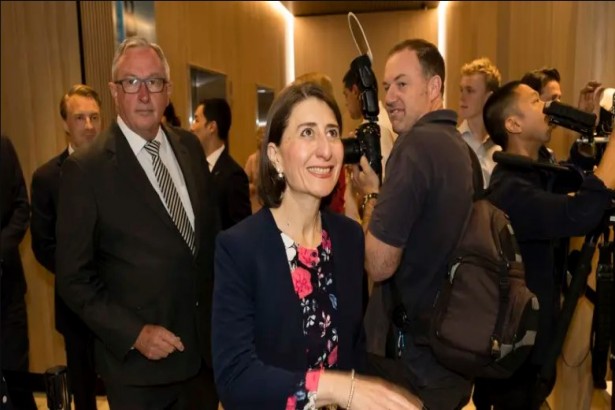21
Dec 2018
Failure of Northern Beaches Hospital not an option
Published in General on December 21, 2018

Up north in the cheery suburbs of Frenchs Forest opened the new Northern Beaches Hospital promising quality care to the residents of northern Sydney. There to officiate the opening was none other than preimier Gladys Berejiklian who, in her struggle to climb the polls and make it through the next unpredictable re-election, used this opportunity to reinstate some good old fashioned positive PR.
The hospital’s construction, unlike many other projects directed by Berejiklian, was seen through until successful completion. The facility itself cost $600 million with 488 beds and is run by Healthscope, a private healthcare provider.
However, with over 260,000 people living in the district, the hospital as it turns out did not become the shining gold sticker of excellence Berejiklian was hoping for.
After its grand opening, news of the hospital having drug shortages, medical supply shortages, understaffed conditions, and general worker’s dissatisfaction quickly circulated through the papers.
These issues however are what Healthscope calls “teething problems” as if these issues were expected of a new hospital. Long term residents of Sydney will begrudgingly remember when the Opera House or the Olympics were also going through similar “teething problems”.
Sure, mistakes can be afforded when it comes to stadiums, but when it comes to a hospital, compromising wellbeing and safety isn’t up for discussion.
Just today, the life of a brand new mother was put into jeopardy. Doctors were put into a panic while performing a cesarean section on the mother (a risky enough operation as is) when they looked around frantically for missing blood bags and equipment. The mother survived, in the end, thanks to the doctors’ tremendous work, however next time it might not be as close of a call.
It turns out, the Northern Beaches Hospital has been the most ambitious project Healthscope has ever taken on. Although despite already being in charge of and managing 46 other hospitals in the country, it seems a hospital of this size was too tall a task.
While Healthscope operates and manages 46 private hospitals in Australia, a hospital of this size represents an ambitious leap. Locals in the Liberal heartland were wary. It may have been too fond a hope that the 19th-century Manly Hospital could survive. But at the northern end of the northern beaches, disquiet remains at the reduction in services at the newer Mona Vale Hospital.
When it comes to architecture, a partnership between public and private institutions has always been a vital part of the blueprint process since 30 years ago by the Greiner Coalition government. Although proven to be useful for other construction projects, it seems over the years this plan hasn’t had much success when it comes to hospitals, which is a critical error.
For example, the Port Macquarie Hospital, one of the first to be built out of this private-public strategy.
The government, after 13 years of being contractually confined to a 20-year contract, finally bought back the hospital for $80 million. A toll on taxpayer’s money to say the least.
A 20-year contract has also been handed over to Healthscope when building the Northern Beaches hospital so unless the government plans on using another early buyout, Sydney is going to be stuck with this hospital for good.
Once again, there is no room for failure here, the government needs to ensure that the workers and patients at their hospital will be supported and safe.
The matter of whether or not the Coalition can properly manage health and education continues to be called into question as faulty projects continue to arise using tax payer’s money.
Hopefully, this will be a wake-up call for political leaders in charge across the political spectrum that the safety and well being of the district’s people need come first.









